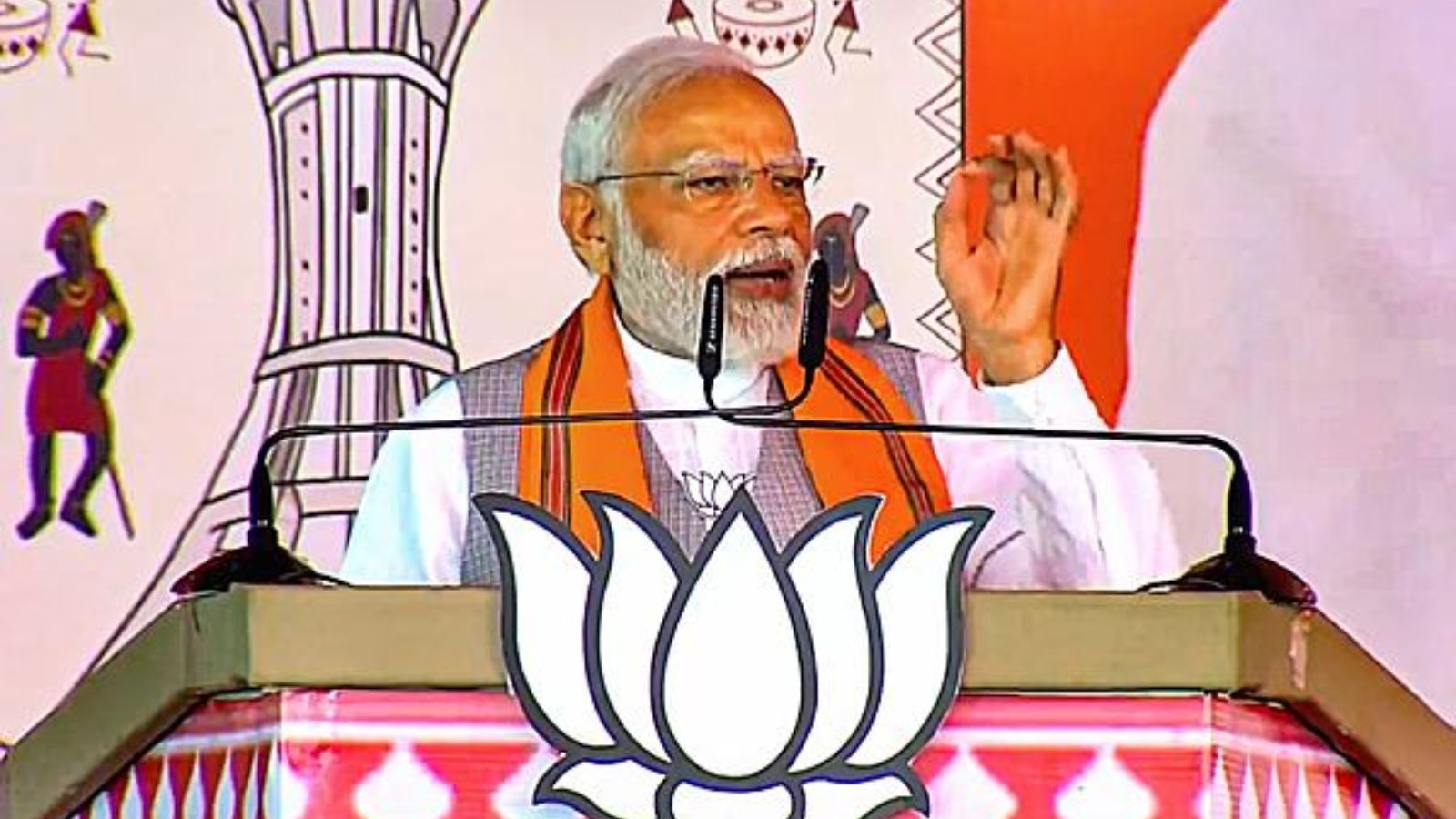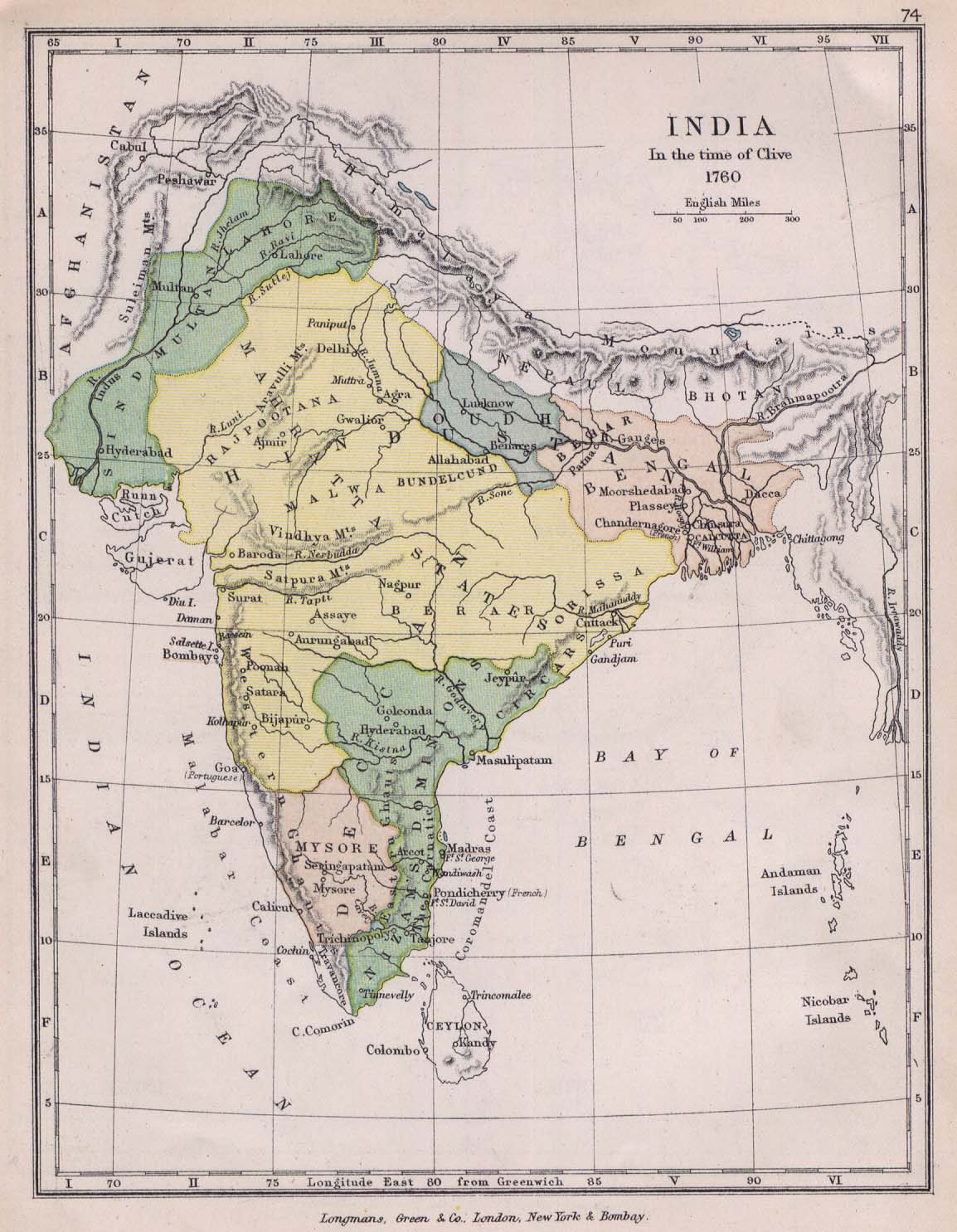More 2,000 years in a single graphic
Did JP Morgan's striking chart on 2,000 years of economic history bungle the x-axis? Why yes, it did.
AAAGGGGHHHH! How could Michael Cembalest of JP Morgan do it? Did he really produce a stunning chart of global economic history—but compress the time-series on the x-axis in horrid, improper ways?
Why yes, he really did.
Wipe away the tears from your eyes if you're an economist, or the frothy-mouthed rage from your face if you're an infographic designer. As the chart below shows, the first increment of time is 1,000 years. The next, same-sized increment is compressed into 500 years. This is followed by increments of some 100 years, 80, 30, 20, even one of 13 years and 27 years. It ends with a few decades and an eight-year increment.
View attachment 964615
If hauled before the infographics court of law, Mr Cembalest would surely be sentenced to many years of studying
Edward Tufte's works on the dos and don'ts of visualising quantitative information. There are few strict rules of infographics. But Mr Cembalest somehow smashed into one of the biggest and most obvious of them.
How does Mr Cembalest plea? In a quick email exchange, he writes:
Graphic detail sentences him guilty as charged. We are dismayed on two counts.
First, the information contained in the chart is extraordinary and deserves to be presented in its full flavour. As the compressed time series from his report on June 18th highlights, at the start of the common era, Asia represented around three-fourths of global output (measured in gross domestic product). Its dominance lasted until as recently as 1860, when the industrial revolution in the Europe and America pumped up those economies. At their zenith around 1950, they accounted for four-fifths of output and have since been on relative decline.

In other words, the current hand-wringing over the ascent of Asia needs to be seen in historical context: as the restoration of Asian economic supremacy after a small blip. As Derek Thompson at
The Atlantic rightly simplifies it
in a blog post, "everything to the left of 1800 is an approximation of population distribution around the world and everything to the right of 1800 is a demonstration of productivity divergences around the world."
Second, we lament our ruling because we are huge fans of Mr Cembalest's work, especially his delightful chart last year to explain the Eurozone crisis by way of Lego figurines (
available here, from Wired).
As for giving credit where it is due, the figures underlying the chart come from the late Angus Maddison, who pioneered the retrospective quantification of economic measurement (as described in
our tribute to him). Many people are familiar with the data as the basis of the famous
TEDTalk by Hans Rosling of the Karolinska Institute in Sweden, who presented the information as an animated infographic using Gapminder software.
The Economist has developed its own infographics of 2,000 years of economic history with Mr Maddison's data. One in 2010, nicknamed "GDP since Jesus" charts just that (below, with
commentary here). We encountered the same layout difficulties as Mr Cembalest, so chose a bar chart to distinguish specific years, and fiddled with the spacing of increments on the x-axis to designate missing chunks of time. The result is imperfect, but we did as much as possible to disclose, not camouflage, the imperfections. (In retrospect, we should have done more on the right-hand side of the chart, such as perhaps making the bar widths proportionately thinner….)
View attachment 964620

A second chart from last year (below, and with a
commentary here) is both simple and startling. Among the points it presents is that in the first decade of the 21st century, the population of the world produced more economic output than in the first 19 centuries of the common era combined.
Did JP Morgan's striking chart on 2,000 years of economic history bungle the x-axis? Why yes, it did.

www.economist.com











